At critical points in the year, B2B marketing teams push hard on content creation. To support major campaigns or upcoming launches, content marketers need to crank out blog posts, guidebooks, infographics, videos, and email nurture campaigns. The frenzied pace is never fun. Marketing teams are trying to figure out how to create content faster without sacrificing quality—or their sanity.
It might be the most frequently asked question by B2B content marketers. They’re feeling the pressure to create more stuff, driven by buyers’ growing appetite for digital content. Netline’s 2024 State of B2B Content Consumption and Demand Report for Marketers found that year over year, content consumption increased 14.3% in 2024—bringing the total increase in content consumption to an incredible 77% compared to 2019.
There’s no magic wand or AI robot that can solve this perennial challenge (though we do have tips for leveraging AI for content creation). But there are big-picture strategies, tactical tips, and intelligent tools that can make a major difference in your production process.
Check out Tendo’s top 15 suggestions for marketing leaders, content managers/editors, and writers:
- Pause for a moment to reaffirm your objectives and primary target audience.
- Document your content strategy and editorial plan.
- Opt for shorter, simpler content types.
- Reference buyer personas and messaging guides.
- Get other teams involved in content creation.
- Investigate the potential of structured content.
- Create a content brief and an outline before your first draft.
- Streamline the review process.
- Use editorial and design templates.
- Plan in advance to repurpose and atomize content.
- Let your ideas incubate.
- Block your time and set internal deadlines.
- Zero in on audience questions with SEO tools.
- Refine your prose with Grammarly.
- Forge a strong content agency partnership or add freelancers.
Marketing Leaders: Get Strategic (and Realistic) About Content Creation
- Pause for a moment to reaffirm your objectives and primary target audience. Before you direct your team to shift into high gear, double check that “more content” is truly an immediate need.
“Revisit your marketing goals and what you’re trying to accomplish,” says Zach Edling, vice president of account services at Tendo. “It’s never a bad idea to pause and ask yourself if all the content you’ve scoped is an urgent priority, or if it makes more sense, in the short term, to double down on a smaller subset of content—or a focused audience segment—that will have greater impact.”
- Document your content strategy and editorial plan. To create content faster, you need a roadmap that spells out your business and marketing goals, and details the content marketing strategies and tactics you’ll use to reach those goals.
The most successful content teams have a documented content strategy, according to CMI’s B2B Content Marketing Benchmarks Outlook for 2025 report. With a solid strategy in place, you’ll avoid random acts of content and produce only the content you need.
Your strategy lays the groundwork for an actionable editorial plan or editorial calendar that maps out the specific content deliverables you need. This planning may sound like more work and additional steps, but trust us—it saves time and reduces headaches.
- Opt for shorter, simpler content types. If you need a higher volume of content assets quickly (for example, to support email nurture campaigns for multiple audiences) then populate your editorial plan with content types that you know your team can produce quickly: checklists, short video explainers, listicles, FAQs, short blog posts, infographics, solution briefs. Shorter doesn’t mean less valuable!
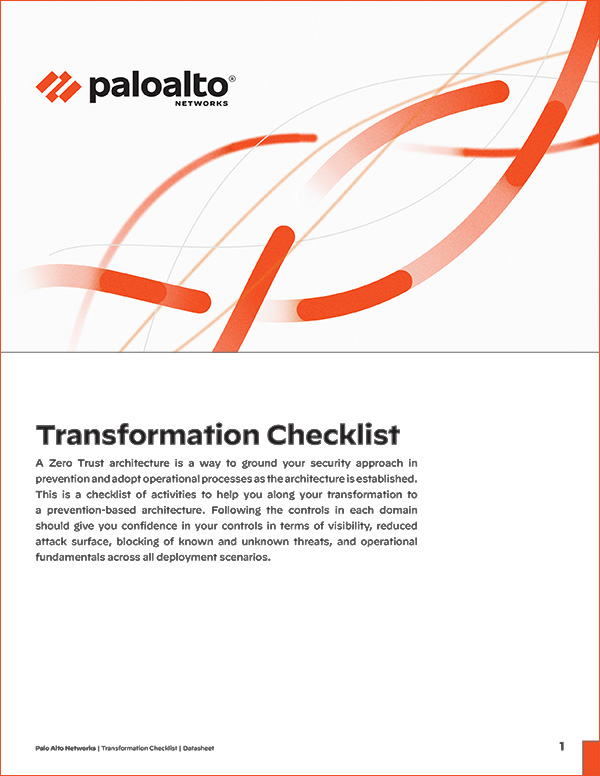
- Reference buyer personas and messaging guides. Your writers can produce engaging prose more efficiently when they understand their audience’s pain points, priorities, and objections. As a marketing leader, it’s your responsibility to ensure that your team has updated buyer personas and customer research to guide their work. Invest in them and reap the benefits.
Likewise, a messaging framework or product messaging guide can speed content creation. Your writers can often copy/paste approved messages, statistics, and lists of features or benefits directly into whatever content asset they’re developing.
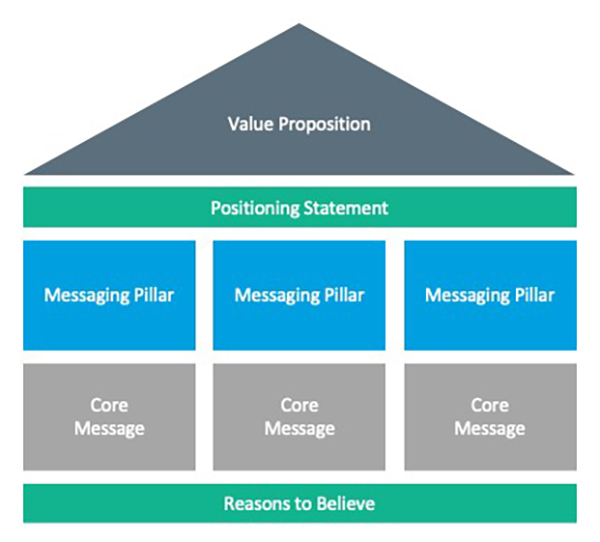
- Get other teams involved in content creation. To create more content, faster, don’t put the whole load on your own marketing team. Enlist the help of subject matter experts from sales, engineering, product marketing, and other teams, who can write their own blog posts or share their thoughts in an email that you can quickly transform into a blog post. Of course, they’re just as busy as you are, so the trick is to collaborate with them effectively and incentivize their participation. Check out Tendo’s guidance on content collaboration with other teams.
- Investigate the potential of structured content. If you’ve never heard of structured content, keep reading but file away this suggestion for future consideration. Structured content will reshape the future of content creation and distribution in an omnichannel world.
What is it? Structured content is content that’s broken down into its individual component parts or blocks, then re-assembled, personalized, and pushed out to different channels, from websites and mobile apps to chatbots and social media feeds. You write content once and your digital platform, such as a headless CMS or DXP, populates your channels with it—a massive time-saver. Structured content requires a new approach to content creation and content strategy.
Managers: Optimize Your Processes to Create Content Faster
- Create a content brief and an outline before your first draft. Nothing helps a writer go faster than clear instructions. A good content brief outlines all the information a freelance or in-house content writer requires to create a piece of content: target audience, content goals, editorial guidance, background materials, subject matter expert contacts, SEO requirements, and so on.
Before your writer starts a first draft, request an outline from them to confirm that they’re on the right track. Together, content briefs and content outlines will reduce the need for time-consuming revisions.
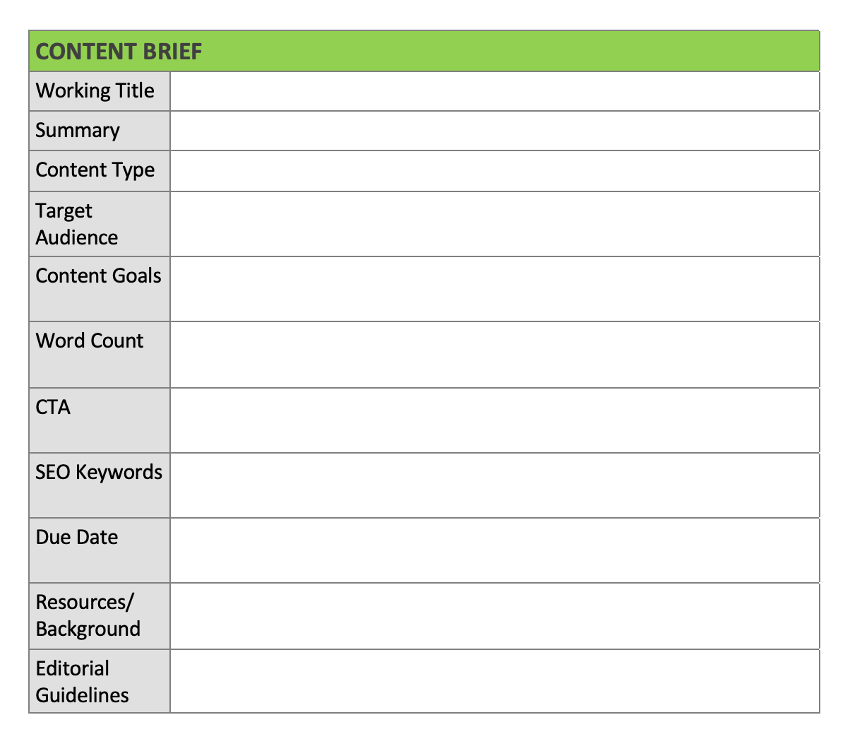
- Streamline the review process. Nothing slows down content production like too many cooks in the kitchen. Stay focused on the essential review steps (developmental edit, copyedit, etc.) and reviewers (marketing decision-maker, subject matter expert) and give them firm deadlines and lots of reminders to complete their review. Seek buy-in from a director or executive to enforce review deadlines.
- Use editorial and design templates. When you establish design templates for things like case studies, e-books, reports, FAQs, webpages, and glossary terms—with established sections, content elements, and editorial guidance—then you can break down writing tasks into manageable chunks, and cut graphic design time significantly.
- Plan in advance to repurpose and atomize content. You already understand the value of content repurposing, but do you wait until content is published to consider how to do it? Start earlier, ideally at the content outline or first draft stages. To create content faster, generate a list of smaller, derivative assets (blog posts, infographics, FAQs, checklists, social media posts) that can easily be produced from your core content.
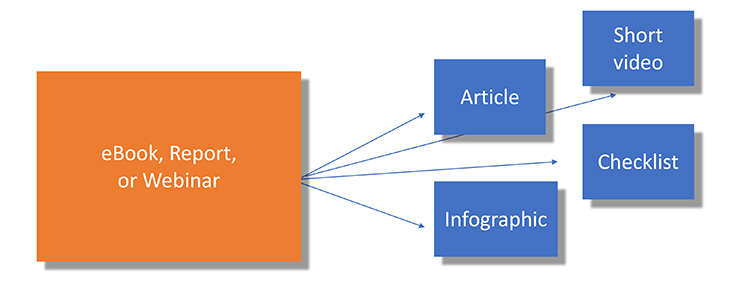
Writers: Follow These Tips to Create Content Faster
- Let your ideas incubate. Shoutout to Copyblogger for this excellent list of tips to create content faster. Our favorite is #2: Letting your content themes and outlines percolate over a couple days, rather than trying to start and finish an article in one sitting. Devote 15 minutes each day, over the course of three days, to consider your editorial angle and craft your outline. Then when you block out time for focused writing, you won’t be starting cold.
- Block your time and set internal deadlines. Nothing accelerates writing like a deadline. Hold yourself accountable with an internal deadline to deliver a first draft to your boss or managing editor. Minimize distractions by blocking chunks of time on your calendar so that you can focus on writing.
- Zero in on audience questions with SEO tools. You can quickly build excellent content around the questions audiences are asking on a given topic, as well as the search queries that drew them to your website. During your content outline phase, jump over to Google Search Console or an SEO tool like SEMrush or Moz to explore keywords and queries on a topic. Weave direct answers into your content.
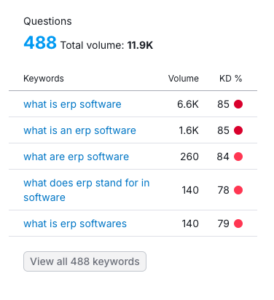
- Refine your prose with Grammarly and Readable. Save time by sending cleaner copy to your editor. Grammarly gives you real-time feedback to improve not only grammar, but content clarity, economy, and cohesiveness. Use Readable to check the readability score of your text.
And Last but Not Least: Increase Your Team’s Bandwidth
- Forge a strong content agency partnership or add freelancers. Your content needs will flex up and down throughout the year. When it’s go-time and your in-house team is maxed out, you need an external partner that can jump in quickly and help you plan and create content. Yes, you can build or expand your own stable of freelancers, but it’s much harder to manage on your own.
When you form a long-term relationship with a content agency, you gain a partner that understands your products and solutions, audience needs, marketing objectives, brand’s voice and tone, and, through shared history, which past content campaigns have resonated.
Need help with your B2B content? Talk to Tendo about our expert editorial services. We’re the agency of choice for world-class B2B brands. We’re ready to discuss your needs and goals: Contact us today.
First published July 25, 2022









